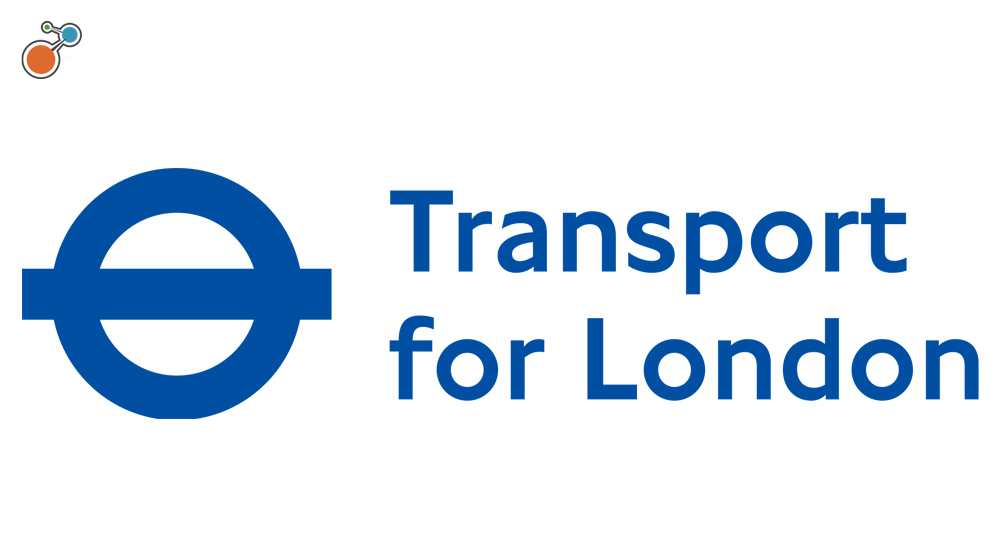Challenge
Transport for London has hundreds of projects underway at any given time – and smooth ride to completion is a priority.
The integrated transport authority is responsible for running the day-to-day operations of London’s public transportation network, which includes the London Underground, as well as roads, bridges, tunnels, and other surface assets.
Some projects – like extending an underground line – are very large and highly visible. Budgets and timelines are publicly available. And everyone from politicians to the general public can see how a project is progressing and voice their opinions, which only adds to the pressure.
The challenge is to complete projects on time and on budget with a team of just 25 risk specialists. “We need to put our team on the projects where their expertise is most needed and help the wider organization take on the job of managing risks and controls for more routine projects,” explains Ajay Patel, head of risks – projects and programmes for TfL.
Solution
TfL turned to Riskonnect’s Active Risk Manager project software some two decades ago and has never looked back.
The organization uses the software to identify, assess, and mitigate risks associated with its diverse project portfolio. Drop-down menus and auto-filled fields make input easy for anyone in the organization, and the data is always consistent and credible.
“The quality of data is key,” explains Patel. “Government scrutiny is rigorous. We are asked very detailed questions at individual project levels about the risk, the overall appetite, and how much funding is appropriate. Riskonnect provides certainty – and that really drives confidence.”
TfL can easily make changes to fields, menus, and other routine software customizations itself. And the Riskonnect team is there to help with anything complicated. “We are able to do what we please with the system to a certain extent – and that degree of flexibility is invaluable,” says Patel.
Risks are scored using a project risk assessment quality matrix. The TfL team has up-to-the-minute access to ensure that engineering, delivery, and commercial risks have all been captured and that the connections between risks and assumptions have been correctly acknowledged.
The software also offers Monte Carlo Simulation to predict the probability of occurrence and the possible financial impact for different risk situations. According to Patel, this capability opened people’s eyes to the value of using statistical modeling to predict risk outcomes – which has helped elevate the stature of risk management at TfL.
Over the years, the organization has accrued an extensive amount of historical data from risk registers, total costs from completed projects, and insights to scope changes, which is fed back into the system to refine projections and ensure that the right risks are being captured and scored.
The results are factored into a project’s budget and timeline to make outcomes more predictable.“It’s all about cushioning the blow before it may happen,” remarks Patel. He notes that the software also integrates well with other platforms used for tracking schedules and milestones.
Of growing importance, Riskonnect is also used to help sort projects into two main categories – light touch and enhanced touch. Light touch projects – like track replacement or road resurfacing – use the software to identify and manage risks, but the execution is largely handled by the project delivery team. Enhanced touch projects – like the new Crossrail transit line – get the expertise of TfL’s risk specialists in addition to the software.
Projects above the £15 million mark generally are considered enhanced touch, but Patel points out that cost is just a starting point. A project’s complexity and visibility also come into play, as characterized by simple, standard, significant, or major.
“Some £100 million projects are actually fairly routine and can be managed well by the project delivery team using Riskonnect,” he explains. “On the other hand, some £5 million projects are extremely complex or novel and do require a specialist. Riskonnect provides a detailed quantitative analysis, but human interpretation is important.”
Results
One of the first projects to use Riskonnect software was the Jubilee line extension to Canary Wharf. That was a resounding success – and Riskonnect usage moved fast from there. Recently, TfL completed the Northern line extension before schedule and below budget. “Risk management – and Riskonnect – are a big part of that success,” notes Patel.
“Riskonnect has enabled a culture of risk thinking that wasn’t there before,” he adds. “The organization now sees risk management as a value add, not just a box-ticking exercise.”
For TfL, the big questions are always how much a project will cost and how long will it take. With Riskonnect, the organization can use risk to make more accurate estimates and more predictable outcomes. “For consistency, transparency, excellent analysis, and adaptability, Riskonnect’s software is absolutely critical to our project risk management. We could never go back to the days of spreadsheets. Riskonnect holds a wealth of information that we need to move forward.”
“But the real gem is the partnership we’ve built over the years,” he says. “We’ve come together as individuals beyond our risk management/software vendor roles – and beyond the software itself – as a community sharing best practices and showing others how to deliver successful projects. We are paving the way to the future.”
For more on project risk management, check out Riskonnect’s Project Risk Management software solution.



